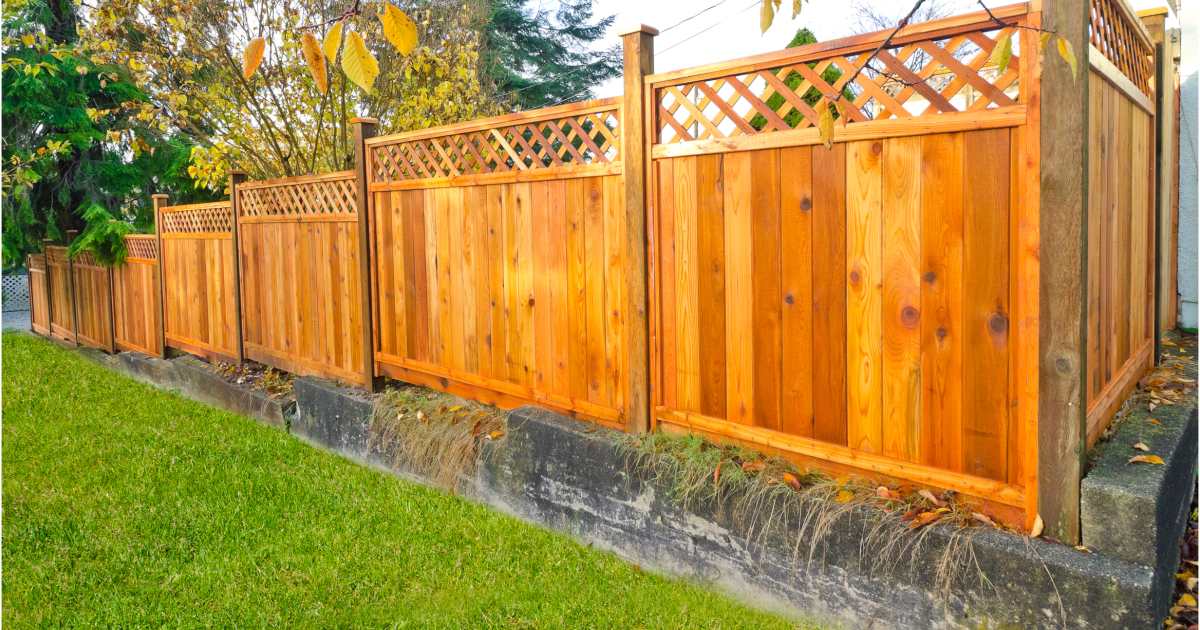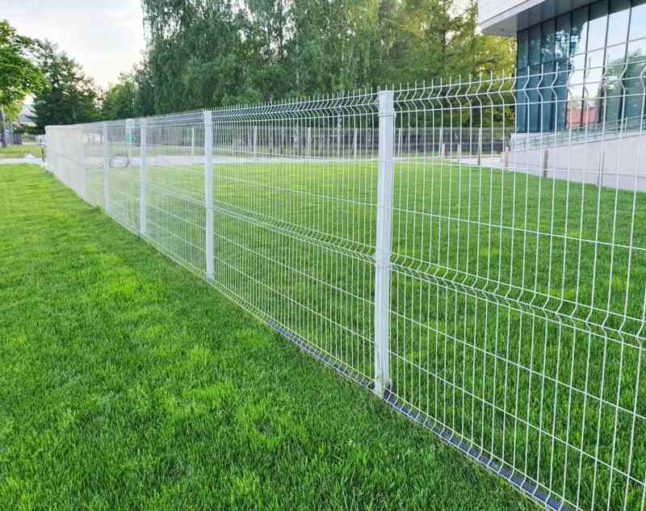All Categories
Featured

Amongst the most preferred choices, wood, vinyl, and light weight aluminum each offer one-of-a-kind advantages and disadvantages. Here's a failure of the pros and cons of these three common fence products.
Timber Secure Fencing. Timber fence has been a timeless choice for property owners as a result of its natural appeal and convenience.
Pros:. Visual Charm: Wood offers a classic and cozy look that enhances a variety of architectural styles. Adjustable: It can be painted, stained, or reduce right into unique styles to suit personal choices. Cost-efficient: At first, wood fencing can be a budget friendly choice contrasted to various other products. Eco-Friendly: Wood is a renewable energy and can be sustainably sourced. Disadvantages:. High Maintenance: Wood requires regular securing, staining, or paint to avoid rot, insect damages, and weathering. Toughness Problems: Without proper care, wood can warp, fracture, or decay gradually, particularly in locations with high moisture. Shorter Life expectancy: A wood fencing normally lasts 10-20 years, relying on the sort of timber and level of maintenance. Wood is ideal for those that value a typical appearance and agree to devote to its maintenance.
Plastic Fencing. Vinyl is a modern-day, low-maintenance fencing choice that has actually grown in appeal in recent years.

Pros:. Low Upkeep: Plastic does not need painting, staining, or securing and can be quickly cleaned up with soap and water. Weather condition Resistant: It withstands rough weather condition problems without rotting, rusting, or bending. Resilient: Vinyl fences can last 20-30 years with marginal upkeep. Variety of Styles: Offered in several shades, styles, and structures, some plastic alternatives simulate the look of wood. Cons:. Greater Upfront Price: Vinyl fence can be extra costly initially compared to wood. Brittleness in Cold Weather condition: In extreme chilly, plastic might split or become fragile. Restricted Repair works: Specific panels can be hard to replace, requiring mindful matching to the existing fence. Plastic is finest fit for property owners seeking a durable, low-maintenance service with contemporary appearances.
Light Weight Aluminum Fencing. Light weight aluminum fence is a long lasting and lightweight choice, frequently selected for its contemporary appearance and versatility.
Pros:. Rust-Resistant: Light weight aluminum does not rust, making it an exceptional choice for moist or damp climates. Low Maintenance: Calls for very little maintenance and is easy to clean. Long lasting: While lightweight, light weight aluminum is solid sufficient to withstand many environmental conditions. Lengthy Life expectancy: Can last several years without substantial wear or degeneration. Variety of Styles: Offers a classy and smooth appearance, often used for decorative or decorative objectives. Cons:. Greater Price: The initial financial investment for light weight aluminum fencing is greater than wood or vinyl. Less Personal privacy: Aluminum fences are often made with open pickets, making them less reliable for privacy. Prone to Damages: Although sturdy, light weight aluminum can be dented by solid impacts. Light weight aluminum is ideal for those looking for an elegant, resilient option that calls for marginal treatment.
Making the Right Selection. Each secure fencing material-- plastic, wood, and light weight aluminum-- uses distinct benefits and negative aspects. Your decision must rely on your particular concerns, such as budget plan, upkeep preferences, climate, and visual goals:
Pick wood if you enjoy a traditional appearance and don't mind regular upkeep. Go with plastic if you want a low-maintenance, weather-resistant fencing with modern charm. Choose aluminum if you focus on toughness, rust resistance, and a streamlined design. By weighing these advantages and disadvantages, you can pick a fence product that improves your residential or commercial property while satisfying your practical demands.
Latest Posts
Transform Your Home with Sturdy Hardwood Flooring from Carpet Interiors Floor & Home
Published Apr 19, 25
1 min read
A Waterside Oyster Experience
Published Apr 19, 25
1 min read
Full Circle Strategic Marketing - Skyrocket Sales with Performance-Based Marketing
Published Apr 19, 25
2 min read
More
Latest Posts
Transform Your Home with Sturdy Hardwood Flooring from Carpet Interiors Floor & Home
Published Apr 19, 25
1 min read
A Waterside Oyster Experience
Published Apr 19, 25
1 min read
Full Circle Strategic Marketing - Skyrocket Sales with Performance-Based Marketing
Published Apr 19, 25
2 min read